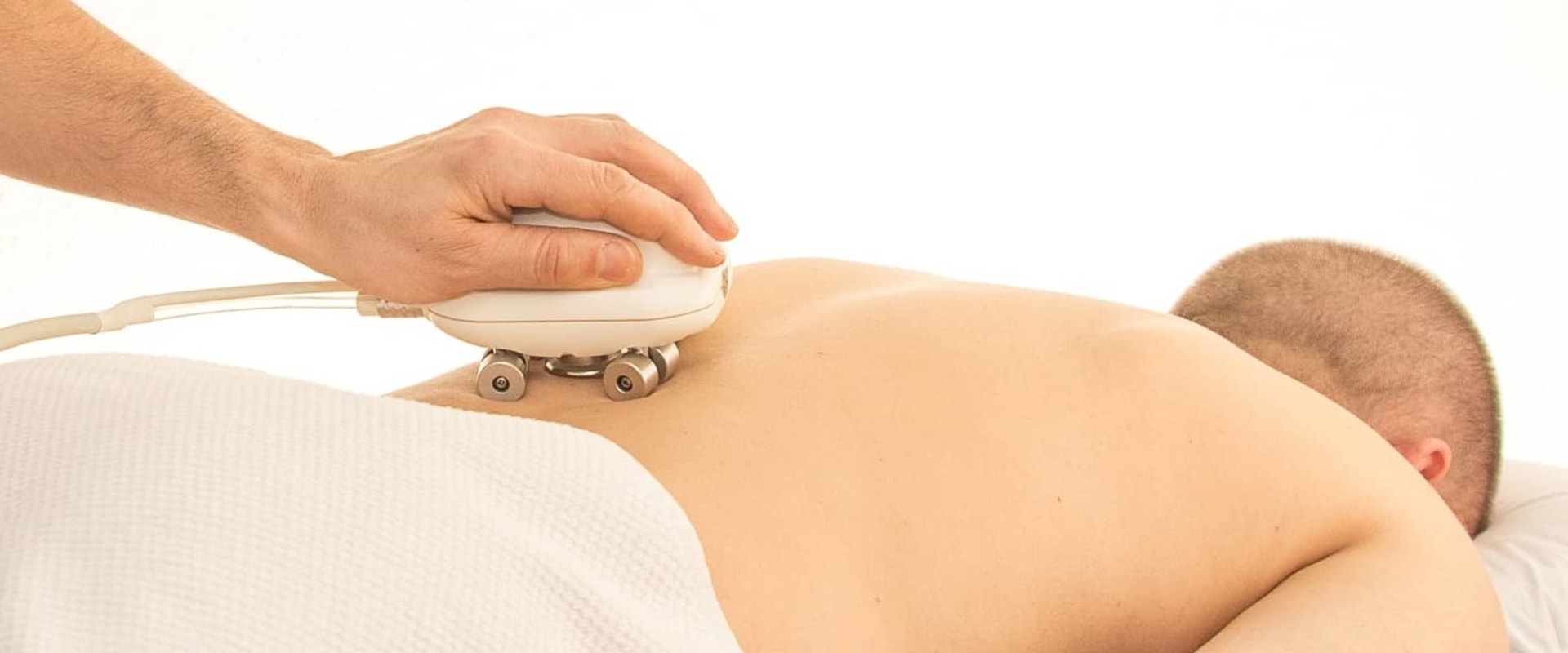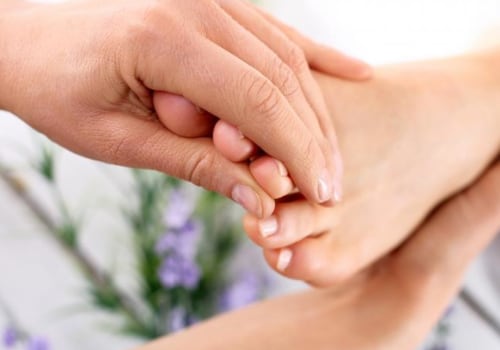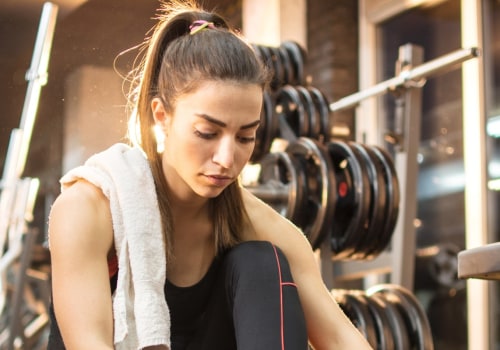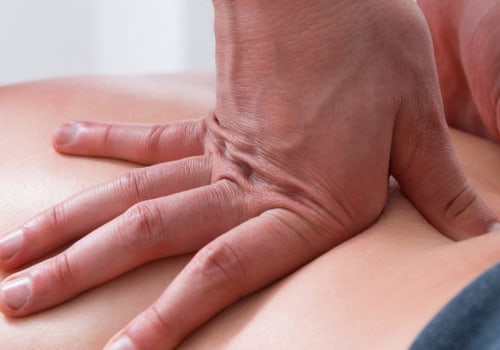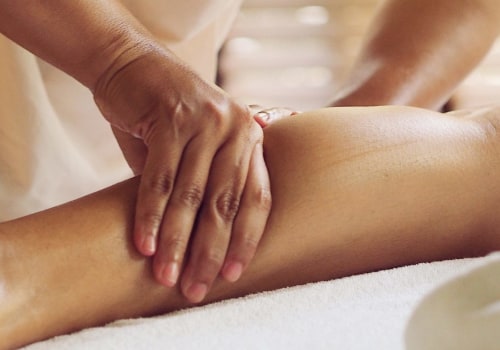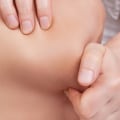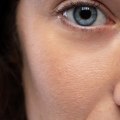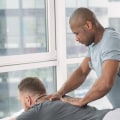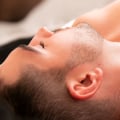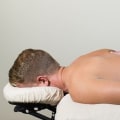The first thing every massage therapy student must master is “the basics”. The four basic massage movements are effleurage (light or deep stroking), petriage (kneading), tapotement (soft slaps) and friction. Effleurage is intended for relaxation and the release of tension, while kneading is perhaps the easiest thing for amateurs to do. It involves using the thumbs or palms of the hands to apply pressure to various parts of the body, with the goal of separating muscle from bone, a practice that helps reduce muscle spasms.
The technical name given to kneading is Petrisage, which is mainly used in textbooks on massage therapy. Kneading is one of the first techniques taught to massage therapy students and is therefore a little easier to learn than the others. However, the speed and intensity of the pressure applied to the skin and muscles are also important factors to learn. The rubbing technique is another common massage technique rooted in the Swedish massage tradition. It involves using two thumbs that usually move in a circular pattern, applying pressure as you go.
This method is used to stimulate blood circulation within the body, as well as to treat muscle and joint pain. The rubbing technique can include different types of movement patterns, as long as you use two thumbs. These movements, while similar in many ways, can, in fact, be called a different technique depending on how and when they are used by masseurs around the world. Rubbing can also be referred to as a subcategory of kneading, also referred to as deeper efleuration. Acupressure penetrates pressure points through the body's energy pathways instead of using needles such as acupuncture.
Shiatsu massage therapists use their fingers to pierce these points. Effleurage is a French word that means “to touch lightly” and is a massage technique that is often used at the beginning of a massage treatment. Effleurage involves applying a gentle amount of pressure with your hands extended, side by side, sliding over the body. Knuckles or forearms can also be used when applying this massage technique. Longitudinal sliding is an effective traditional massage technique that is administered in the direction of blood flow.
It helps to disperse fluids from the site of injury and therefore helps to reduce inflammation and relax tense muscles. Kneading can be done differently and is described by the manual method used to perform the massage, e.g., ex., with varying pressure depending on the purpose of the massage. The pace and speed of movement are equally important, since the load is applied intermittently. Myofascial release is a manual technique for stretching the fascia and balancing the body. The fascia, located between the skin and the underlying muscle and bone structure, is a continuous network of connective tissue that covers and connects our body's muscles, organs, and skeletal system.
Injuries, stress, trauma, and poor posture can cause a restriction of the fascia, and the goal of myofascial release is to release this restraint and restore its tissue. Trigger point therapy is a bodywork technique that involves applying pressure to sensitive muscle tissue to relieve pain and dysfunction in other parts of the body. Trigger points are active centers of muscle hyperactivity which often intersect with acupuncture points; they are what most people call “muscle knots”. Trigger point massage helps alleviate these points. Transverse friction is a transverse connective tissue therapy that is applied directly with the fingers. Transverse frictions use oscillating pressure applied in the direction of the fibers of the fabric.
This technique is primarily used in tendon or ligament injuries to help break down thickened and pain-causing scar tissue; if not reduced, injuries are likely to cause more irritation and degenerate faster than they should. Sports massage uses massage techniques and tools to help clients achieve goals such as relieving aches and pains, warming up their muscles or helping athletes deal with stress or anxiety before a game or event. Massage therapists are trained in various massage styles, movements, and techniques to address their clients' needs. Thai massage can be administered in an individual or group setting where several people receive Thai massage therapy at once. Effleurage movements can be performed with greater pressure to loosen muscle knots but are most often done with gentle pressure to apply oil and warm up the body at the beginning of a massage session. The five massage techniques above represent some of the most common and fundamental approaches as well as some of most popular recent developments in this field. This may be because most people are more interested in enjoying massages than understanding them in detail; if you are massaging someone who is sensitive to higher pain intensities then it's best to use vibration techniques. As a massage therapist it's essential to understand all the different types of massages and how massage techniques help benefit clients.
The combination of these techniques is how different modalities were created each providing its own benefits. Learning about them can help you understand everything that happened during your session. Tapping massage is commonly used in sports massages as it's one of best techniques for improving blood circulation in body. Replace your massage session with same value & duration as original session; tip not included.
